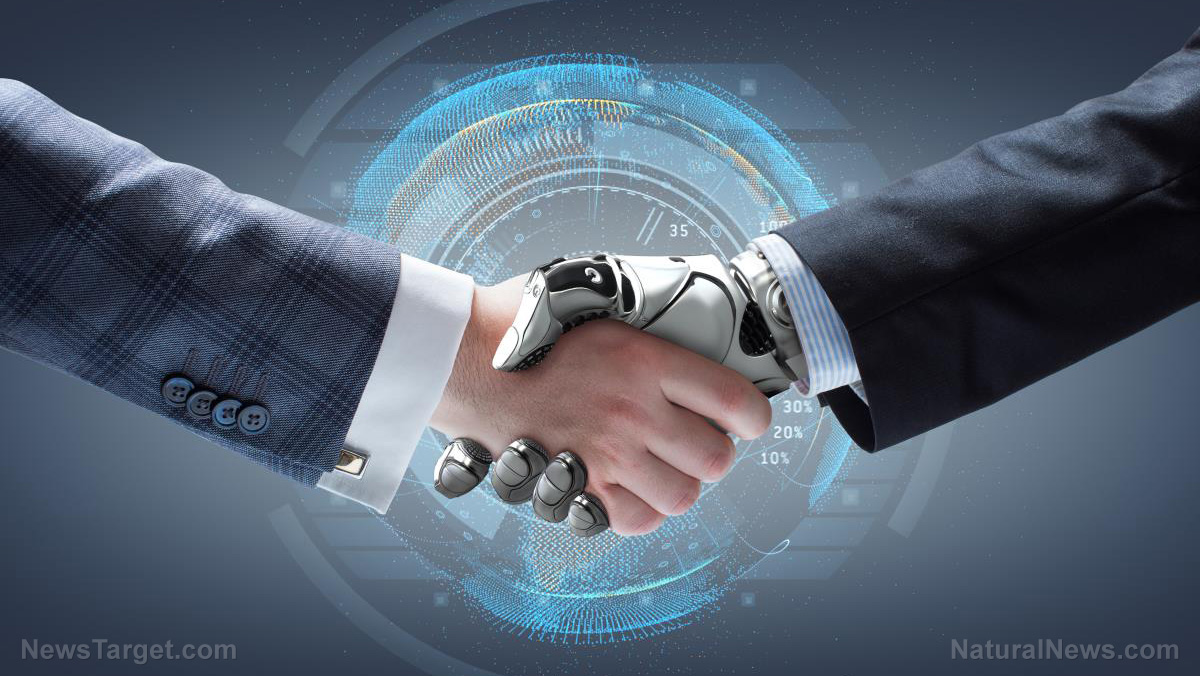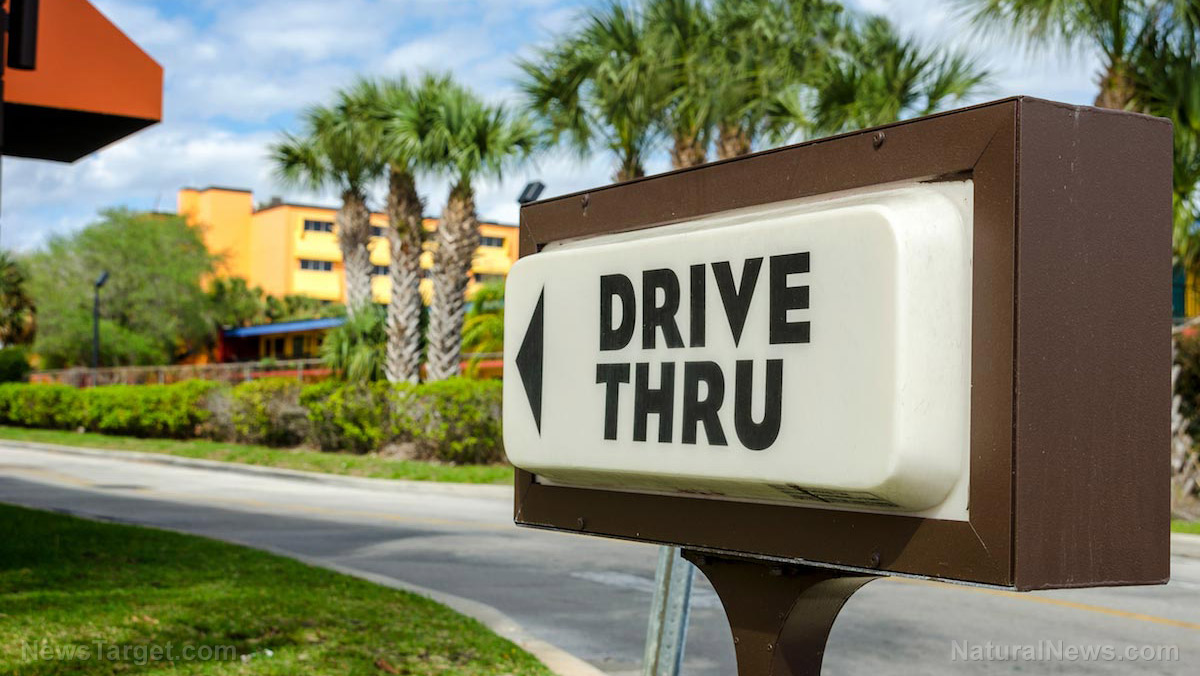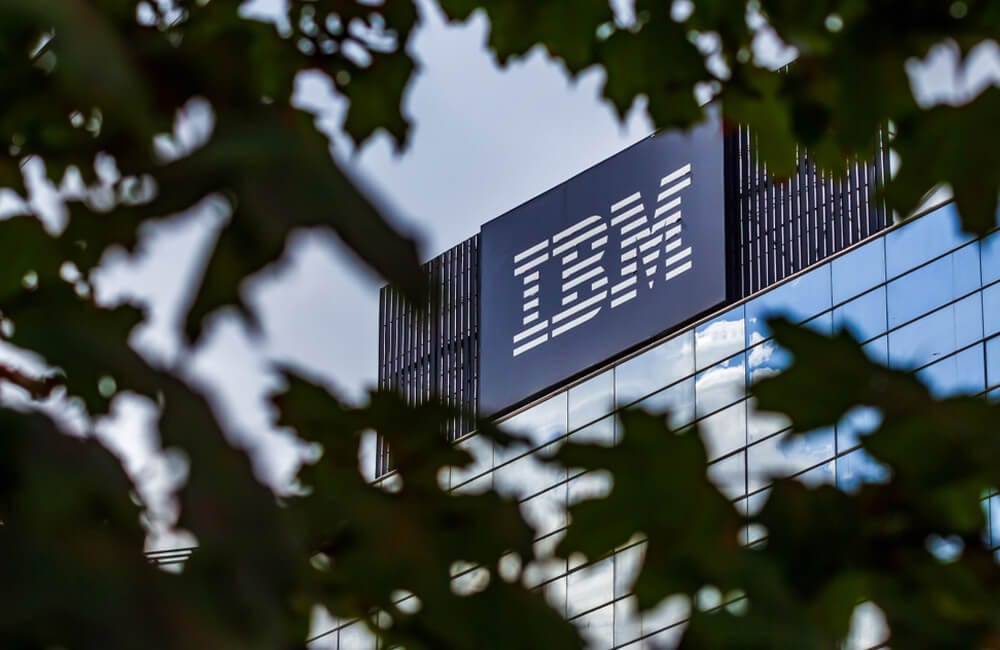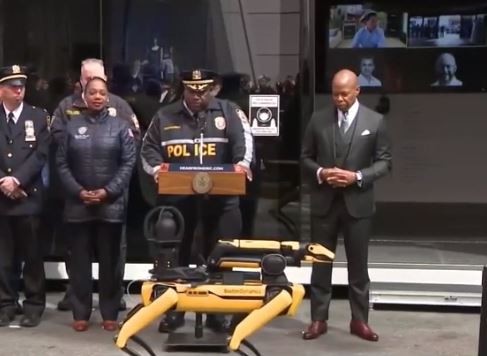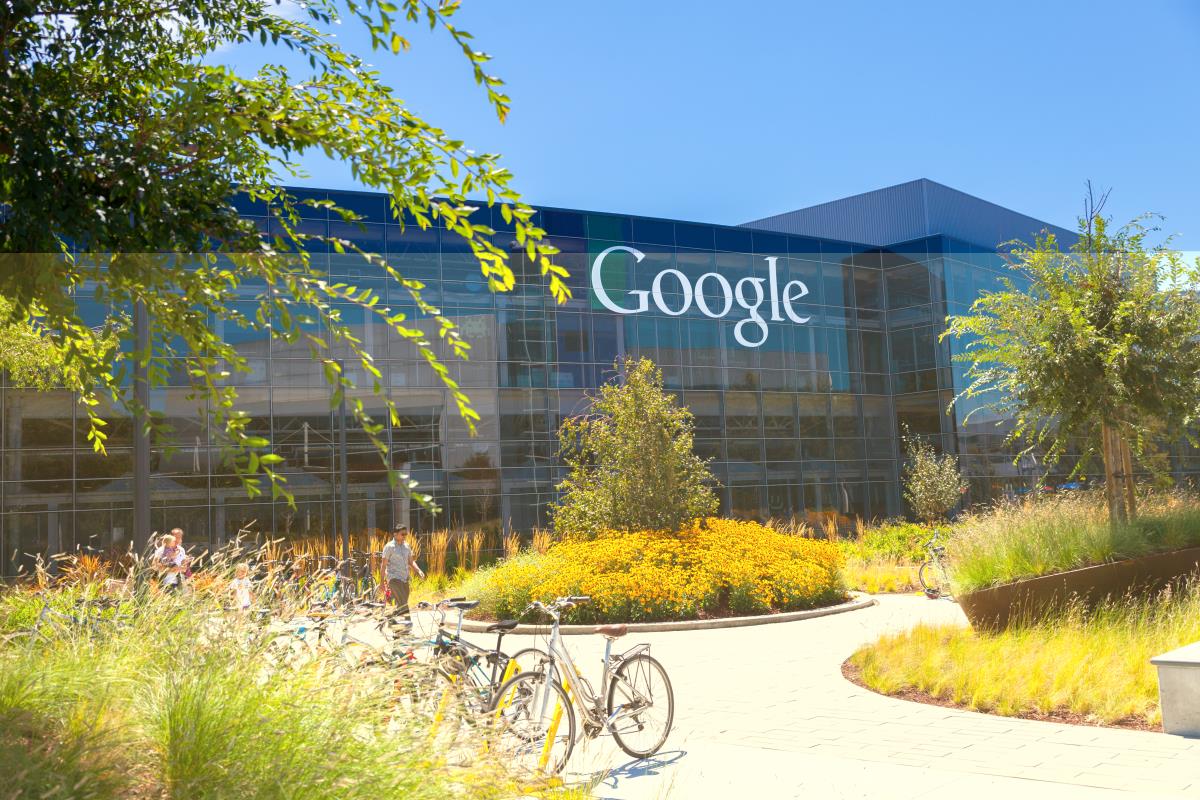Uber Eats to deploy an additional 2,000 delivery robots, putting more jobs in peril
06/01/2023 / By Arsenio Toledo
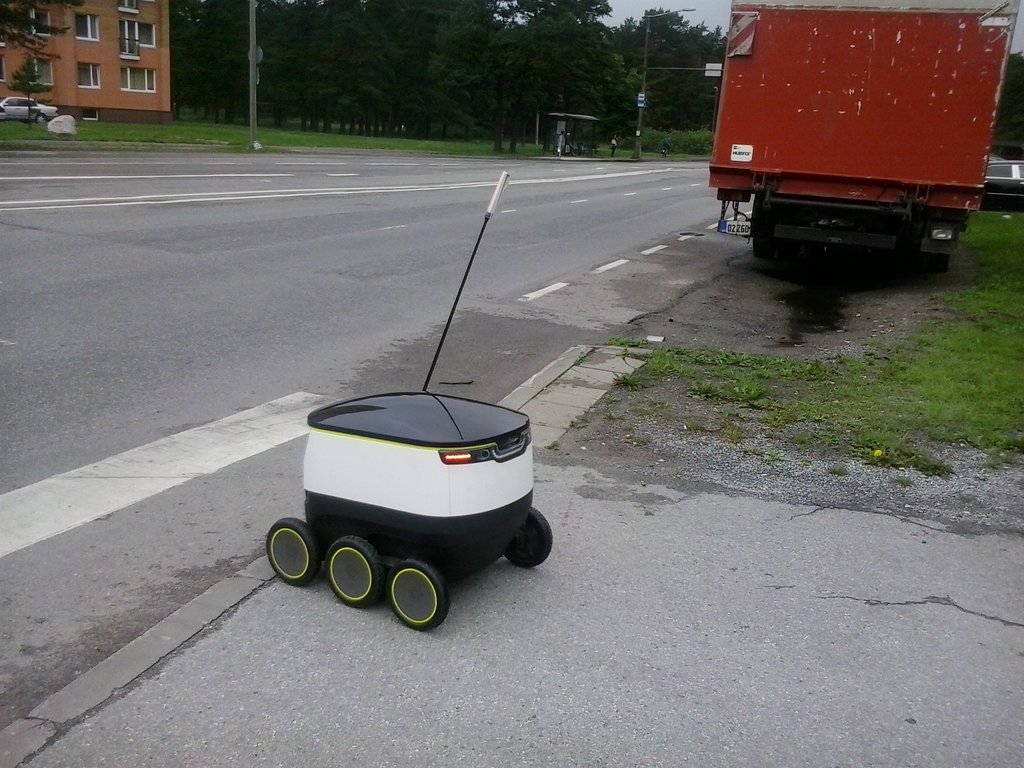
Food delivery company Uber Eats has announced that it will expand the number of four-wheeled robots that will be delivering food on the company’s app.
The robots are made by Serve Robotics, and the decision to expand the use of robots was made after a successful pilot of the robot delivery program in Los Angeles. The pilot program, which began in the West Hollywood neighborhood last May, was wildly successful.
The robots serve customers from 10 a.m. to 9 p.m. every day, and Uber Eats claimed the use of robot deliveries in the city grew by more than 30 percent month-over-month and more than 200 restaurants in the city have already signed up to offer deliveries using the small robots. (Related: Generative AI could replace up to 300 million mostly white-collar jobs worldwide.)
Serve Robotics and Uber Eats will now be expanding the program to several other markets in the United States.
“This partnership is a major step towards mass commercialization of robotics for autonomous delivery, and it is a testament to the success of our partnership,” said Serve Robotics CEO Ali Kashani in a statement. “We are excited to continue our work with Uber to bring this innovative technology to more cities across the country.”
Serve Robotics’ delivery robots are about the size of a small shopping cart. They are about waist-high with four wheels and a payload dimension that could easily fit two large shopping bags or four large pizza boxes. They can carry up to 50 pounds of food or items and they use the sidewalks in the cities they operate in to conduct their deliveries.
The delivery robots are electric powered and use artificial intelligence and several cameras and sensors to help them navigate their surroundings. The AI detects when other people or cars are in its path and the robots know when to avoid collisions.
A customer who places a food order on the Uber Eats app gets asked whether they prefer to receive their items via a sidewalk delivery robot or a human courier, with the change not costing the customer anything.
The robot travels up to seven miles per hour on the sidewalk and has a delivery range of about a mile. Kashani claimed customers usually receive their items within 30 minutes of placing their orders.
Upon arrival at the customer’s location, the robot sends a message that it has arrived along with a unique code to input to open the payload lid, ensuring that only the customer can retrieve the order.
Use of delivery robots to expand to rest of California, Texas and Canada
The partnership is slated to deploy up to 2,000 delivery bots through the beginning of 2026. Once completed, this deal between Serve Robotics and Uber Eats would be one of the largest deployments of robotic delivery fleets ever in the United States.
“We expect our rapid growth on Uber Eats to continue,” said Kashani. “We expect to operate an increasing number of [robots] on Uber Eats as our coverage and delivery volume on Uber increases.”
Serve Robotics currently operates a fleet of about 100 robots in Los Angeles. With its partnership with Uber Eats, the company plans to deliver in other cities in California, Texas and even Canada.
“It’s been an incredible experience when you’re pioneering something like this to a city,” said Kashani. “The team and I right now are in the right time and the right place to be working on this and part of history. We are learning how to make robots friendly and likable while cutting down on traffic congestion.”
In addition, Serve Robotics already uses its fleet to conduct deliveries for the convenience store chain 7-Eleven in Los Angeles. It is already working with other companies to expand the use of robots for deliveries in other areas, such as Vancouver for Pizza Hut and Walmart for the entire state of Arkansas.
Serve Robotics is even working with self-driving car company Motional to trial delivering food in Santa Monica using the company’s self-driving Hyundai Ioniq 5 battery-electric cars.
Uber Eats has also been testing different delivery robot options in other locations. It launched a partnership with autonomous delivery robot company Cartken to test the robots in Miami, and following a successful trial expanded that partnership to several parts of Virginia.
Learn more about the takeover of human jobs by robots and artificial intelligence at Robotics.news.
Watch this video from “Future Now” on AMP News discussing the massive job losses caused by automation.
This video is from the AMP News channel on Brighteon.com.
More related stories:
Walmart converting 65% of its stores to “automation” – human employees will be let go.
ROBOCROPPERS: John Deere planning to replace farmers with fully automated farming vehicles by 2030.
Walmart announces expansion of drone deliveries to 4 million households in 6 states.
Grubhub, Yandex team up to use robots to deliver food on college campuses.
Sources include:
Submit a correction >>
Tagged Under:
artificial intelligence, automation, bubble, computing, corporations, cyborg, Delivery Robots, food delivery, future science, future tech, Glitch, information technology, inventions, jobs, robot economy, robotics, robots, Uber, Uber Eats
This article may contain statements that reflect the opinion of the author
RECENT NEWS & ARTICLES
COPYRIGHT © 2017 ROBOTICS.NEWS
All content posted on this site is protected under Free Speech. Robotics.News is not responsible for content written by contributing authors. The information on this site is provided for educational and entertainment purposes only. It is not intended as a substitute for professional advice of any kind. Robotics.News assumes no responsibility for the use or misuse of this material. All trademarks, registered trademarks and service marks mentioned on this site are the property of their respective owners.







